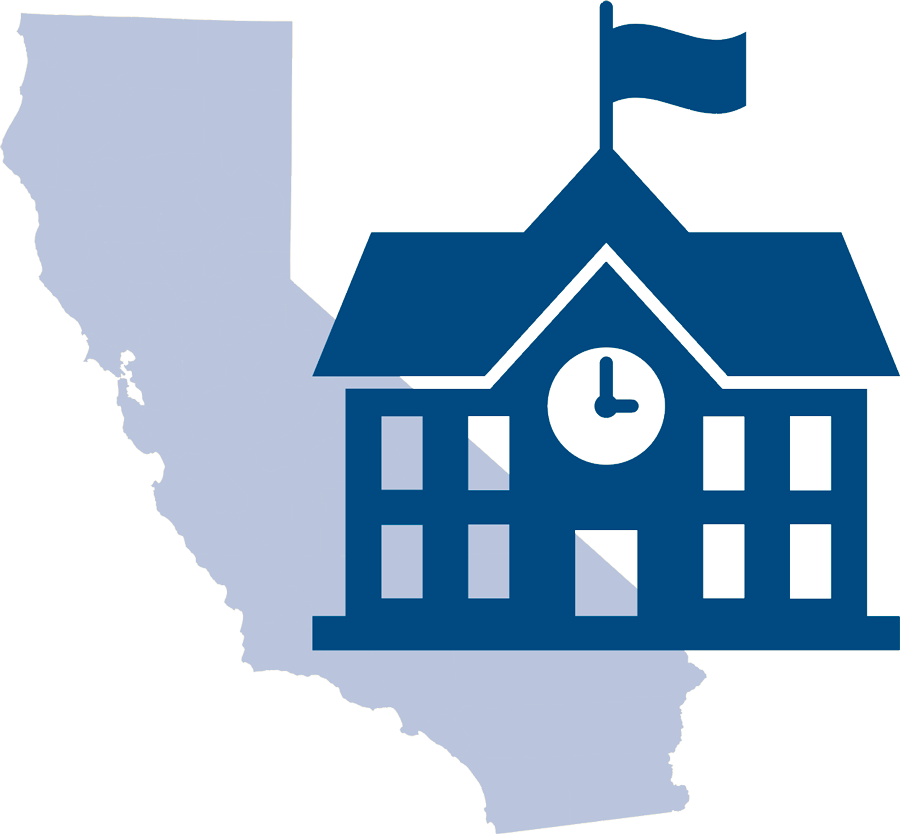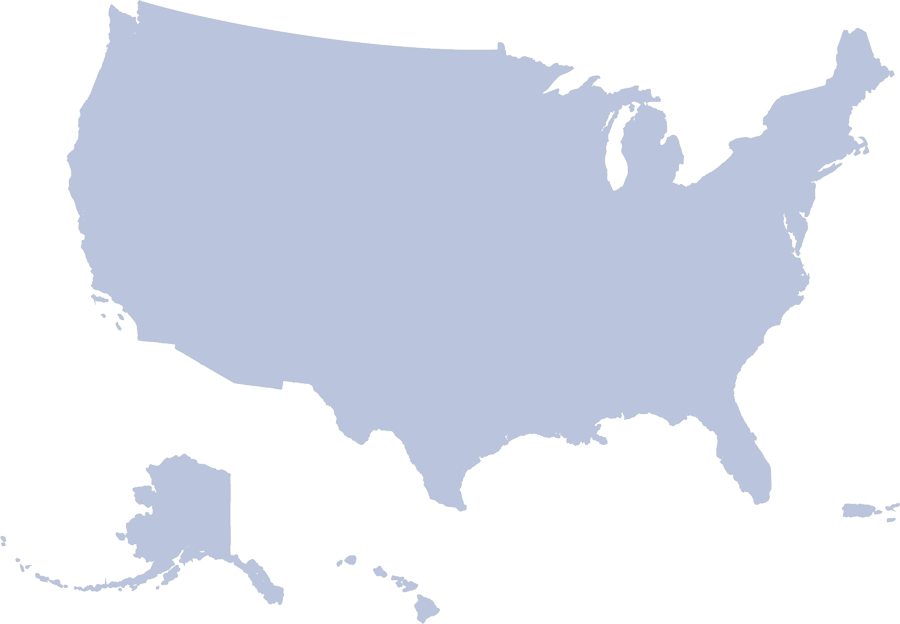During the 2019–20 academic year, the most recent data available, AAPI students made up roughly 12 percent of the state’s 6.2 million K-12 students. During that period, nearly 88 percent of local educational agencies had Asian American, Filipino and Pacific Islander students enrolled.
“Asian American and Pacific Islander Students in Focus: Demographics and Enrollment Data” (https://bit.ly/3wfMix3) and “Asian American and Pacific Islander Students in Focus: Experiences During the COVID-19 Pandemic” (https://bit.ly/3wi0llI) dive deep into the urgent need to support students in the AAPI community without treating them as a monolith.
“In our first brief on AAPI enrollment and demographic data, we wanted to emphasize how important it is for local school district leaders to disaggregate data beyond broad racial and ethnic categories. There are crucial differences among different AAPI students that are often hidden within topline numbers,” said Jeremy Anderson, CSBA education policy analyst and author of the briefs. “We further drive home that point in our second brief, where we highlight the diverse experiences of the AAPI community during the pandemic. It was powerful to comprehend the soaring death rates among Pacific Islanders and Filipino Americans, particularly in California.”
Another point of focus in the second brief is the recent increase in hate crimes against members of the AAPI community. “The AAPI community has been the target of a disturbing rise in hate crimes over the past year. At the same time, like most communities of color, Pacific Islanders and Filipinos were disproportionately impacted by the pandemic,” Anderson explained. “We felt it was important to highlight these experiences because they are, understandably, directly affecting the willingness of Asian American families to send their students back to in-person instruction. We want LEAs to keep this in mind as they work to make their students feel safe and supported.”



“The Asian American community is a large and incredibly diverse population. Unfortunately, essential disparities are washed out by overly broad datasets that may obscure many AAPI students’ individual needs,” Anderson said. “We thought this was important to accentuate for LEAs because treating Asian Americans as a uniform group will invariably miss the necessity for more targeted supports.Treating Asian Americans as a monolith can also make it easy to lose sight of the vast educational and socioeconomic disparities within the larger AAPI community.”
As districts and county offices of education plan for pandemic recovery over the next few years, Anderson noted that education leaders have an opportunity to understand and support students in new and improved ways.
“With the influx of relief aid coming to LEAs, school leaders can set up lasting supports for students that include improved anti-racist initiatives against discrimination and more robust mental health supports,” Anderson said. “However, these initiatives will be much more impactful when LEAs disaggregate their racial and ethnic data to get to the core of what students and families in their districts need.”
The briefs can serve as a starting point for LEAs to better understand and be able to support the AAPI communities in their LEAs. They include direct links to examples of what some districts are doing to address discrimination, along with resources that LEAs can use to support students. Ways to support students include acknowledging their differences and listening to their experiences and needs, implementing an ethnic studies curriculum like the model curriculum that the State Board of Education adopted in March, and working with students directly to incorporate their voices into programming. One way to gather student input is through student groups.
“Student groups can provide a supportive environment for them to share their experiences and emotions. We provide examples of districts that have helped facilitate those spaces for their students,” Anderson said. “Sadly, Asian American students are not alone in their experiences of racial trauma this year, and they should not feel alone in working through their feelings.”